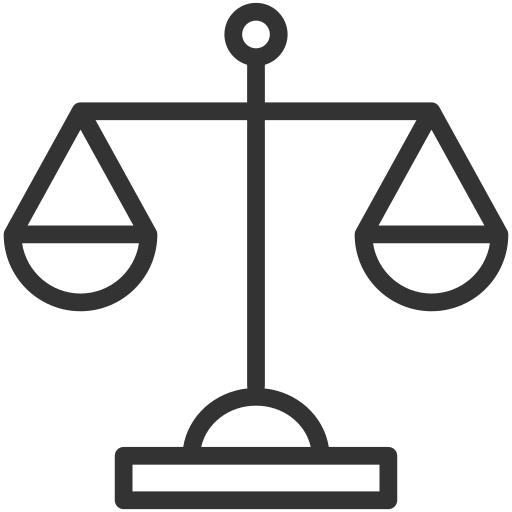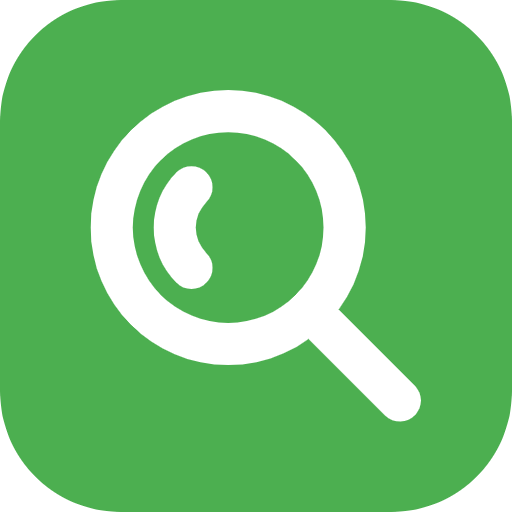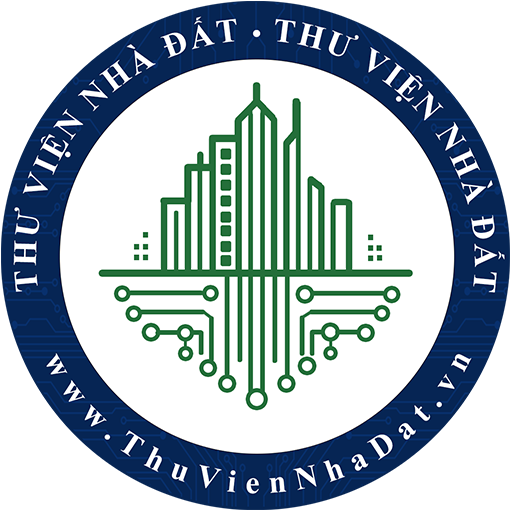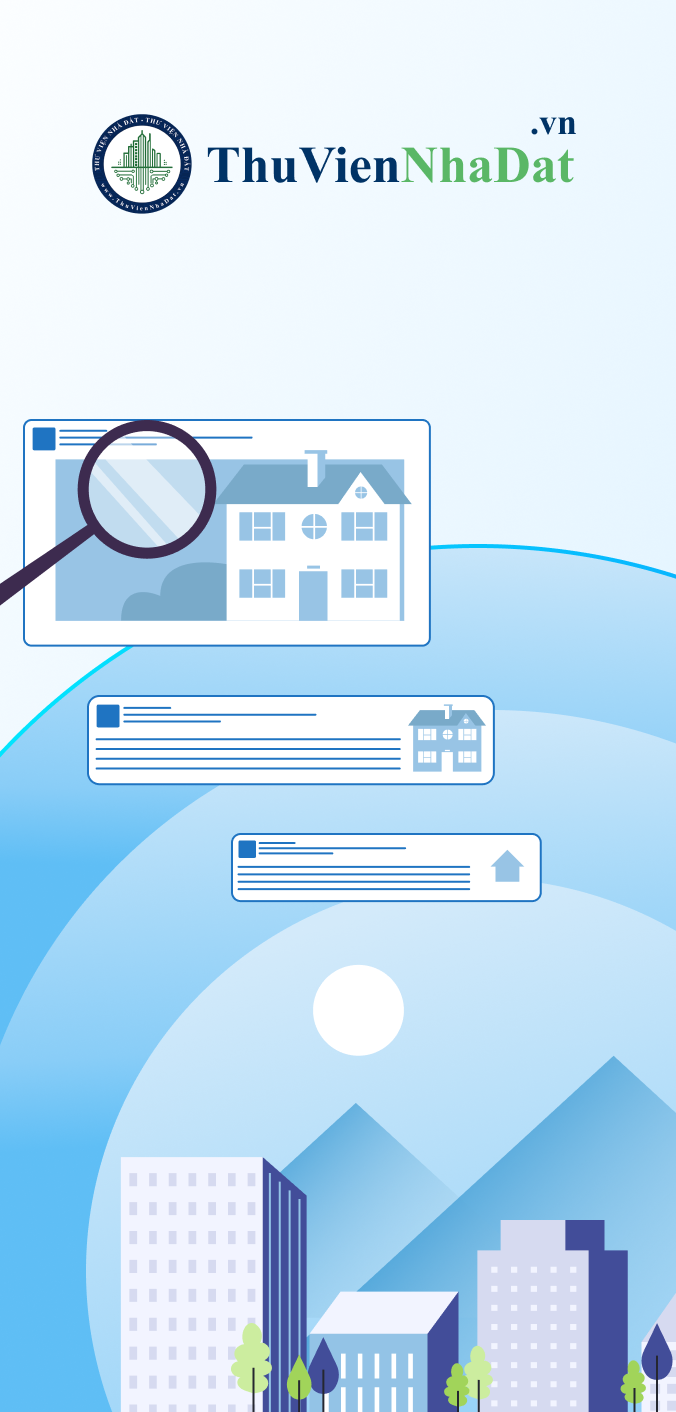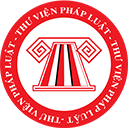|
THE MINISTRY OF
HEALTH |
THE SOCIALIST
REPUBLIC OF VIETNAM |
|
No. 24/2016/TT-BYT |
Hanoi, June 30, 2016 |
CIRCULAR
NATIONAL TECHNICAL REGULATION ON NOISE - PERMISSIBLE EXPOSURE LEVELS OF NOISE IN THE WORKPLACE
Pursuant to the Law on Occupational Safety and Hygiene No. 84/2015/QH13 dated June 25, 2015;
Pursuant to the Law on Technical Regulations and Standards No. 68/2006/QH13 dated June 29, 2006;
Pursuant to the Government's Decree No. 127/2007/ND-CP dated August 01, 2007 specifying the implementation of a number of articles of the Law on Technical Regulations and Standards;
Pursuant to the Government's Decree No.63/2012/ND-CP dated August 31, 2012 defining the functions, tasks, powers and organizational structure of the Ministry of Health;
Upon the request of the Director of the Health Environment Management Agency;
The Minister of Health hereby introduces the Circular on national technical regulation on noise - permissible exposure levels of noise in the workplace.
Article 1. National technical regulation on noise
QCVN 24/2016/BYT – the national technical regulation on noise - permissible exposure levels of noise in the workplace – shall be issued together with this Circular.
Article 2. Entry into force
This Circular shall enter into force from December 1, 2016.
Article 3. Implementation responsibility
The Director of Health Environment Management Agency, Director of Department/Agency/General Department of the Ministry of Health, Heads of bodies or entities directly affiliated to the Ministry, Directors of Health Departments of centrally-affiliated cities and provinces, Heads of Ministry-governed or sectoral health entities, shall be responsible for implementing this Circular./.
|
|
PP. THE
MINISTER |
QCVN 24:2016/BYT
NATIONAL TECHNICAL REGULATION ON NOISE - PERMISSIBLE EXPOSURE LEVELS OF NOISE IN THE WORKPLACE
Preface
QCVN 24:2016/BYT is introduced by the Board on drafting of national technical regulation on the occupational hygiene, submitted by the Health Environment Management Agency for the Ministry’s approval and issued together with the Ministry of Health’s Circular No. 24/2016/TT-BYT dated June 30, 2016.
NATIONAL TECHNICAL REGULATION ON NOISE - PERMISSIBLE EXPOSURE LEVELS OF NOISE IN THE WORKPLACE
I. GENERAL PROVISIONS
1. Scope of application
This provides for permissible exposure levels of noise in the workplace.
2. Subjects of application
This regulation shall apply to environmental regulatory authorities; occupational environment monitoring individuals or organizations; individuals or organizations having noise-emitting activities in the workplace causing impacts on employee's audibility.
This regulation shall not apply to those employees allowed to wear headphones at work.
II. TECHNICAL PROVISIONS
1. The permitted levels of an employee’s exposure to noise in the workplace shall not exceed the limit values described in the Table 1.
Table 1. Permissible exposure time for sound pressure levels
|
Noise exposure time |
Equivalent permissible sound pressure levels (LAeq) - dBA |
|
8 hours |
85 |
|
4 hours |
88 |
|
2 hours |
91 |
|
1 hour |
94 |
|
30 minutes |
97 |
|
15 minutes |
100 |
|
7 minutes |
103 |
|
3 minutes |
106 |
|
2 minutes |
109 |
|
1 minute |
112 |
|
30 seconds |
115 |
In every point of time when employees are at work, the maximum sound pressure level does not exceed 115 dBA.
2. The permissible sound pressure limits at different work positions are regulated in the Table 2.
Table 2. Permissible octave band sound pressure levels at work positions
|
Work positions |
General or equivalent sound pressure levels, not exceeding (dBA) |
Sound pressure levels in octave bands with the centre frequencies thereof, not exceeding (dB) |
|||||||
|
63 |
125 |
250 |
500 |
1000 |
2000 |
4000 |
8000 |
||
|
1. Direct or on-site work or production positions |
85 |
99 |
92 |
86 |
83 |
80 |
78 |
76 |
74 |
|
2. Oversight and remote control booths not connected with communications telephones, laboratory or testing facilities, and engine or equipment rooms having noise sources |
80 |
94 |
87 |
82 |
78 |
75 |
73 |
71 |
70 |
|
3. Oversight and remote control chambers connected with communications telephones, coordination divisions, or rooms equipped with precise machinery systems or typewriters |
70 |
87 |
79 |
72 |
68 |
65 |
63 |
61 |
59 |
|
4. Functional, general administrative, accounting and planning departments |
65 |
83 |
74 |
68 |
63 |
60 |
57 |
55 |
54 |
|
5. Brainwork, research and design, statistics, computer programming, theory testing and data processing divisions. |
55 |
75 |
66 |
59 |
54 |
50 |
47 |
45 |
43 |
In every point of time when employees are at work, the maximum sound pressure level does not exceed 115 dBA.
3. Personal protective equipment: At work sites, unless there are solutions to reducing the sound pressure level by less than 85 dBA, measures to protect employee's hearing should be applied. Equipping employees at work with hearing protections must conform to requirements set out in the Table 3.
Table 3. Requirements for personal hearing protection
|
Sound pressure level (dBA) |
Noise reduction efficiency of hearing protection (dBA) |
|
<90 |
10-13 |
|
From 90 to <95 |
14-17 |
|
From 95 to <100 |
18-21 |
|
From 100 to <105 |
22-25 |
|
From 105 to <110 |
≥ 26 |
4. If employees expose to different sound pressure levels in a work shift, the overall noise exposure level does not exceed 1 and is calculated according to the following formula:
D = [C1/T1 + C2/T2 + ... + Cn/Tn] ≤ 1
Where
D refers to the level of exposure to noise within a working day.
C1, C2 ,…. Cn refers to the 1st, 2nd,... nth actual exposure time equivalent to the actual noise level measured within that time.
T1, T2 …. Tn refers to the period of time during which exposure to noise is permitted, equivalent to the actual noise level measured within C1, C2, ….Cn.
III. IDENTIFICATION METHODS
Methods for measurement of noise emitted at work shall include:
1. TCVN 9799:2013 (ISO 9612:2009) Acoustics – Determination of occupational noise exposure level – Technical method.
2. 1910.95 App G (OSHA - Monitoring noise levels) method.
IV. REGULATORY PROVISIONS
1. Facilities having their employees exposing to noise must regularly carry out work noise measurements at least once a year and in compliance with regulations laid down in the Labor Code, and the Law on Occupational Safety and Hygiene.
2. Employers must provide all personal protective equipment necessary for employees that ensure conformity with work environment requirements.
3. If noise emitted in the workplace exceeds the permitted limit, employers must promptly take actions to improve work conditions and protect employee's health.
V. IMPLEMENTATION
1. This regulation shall replace the standards for noise set out in the occupational hygiene standards issued together with the Decision No. 3733/2002/QD-BYT dated 10/10/2002 of the Minister of Health.
2. The Health Environment Management Agency, affiliated to the Ministry of Health, shall cooperate with relevant competent authorities on provision of guidance on, arrangement for and conduct of implementation of this regulation.
3. Based on practical regulatory requirements, the Health Environment Management Agency shall be responsible for submitting any request for the Ministry of Health’s amendment or supplementation where appropriate.
4. In cases where national or international standards on noise referred to in this regulation have been subject to amendment, supplementation or replacement, new ones shall be applied.
------------------------------------------------------------------------------------------------------
This translation is made by THƯ VIỆN PHÁP LUẬT, Ho Chi Minh City, Vietnam and
for reference purposes only. Its copyright is owned by THƯ VIỆN PHÁP LUẬT
and protected under Clause 2, Article 14 of the Law on Intellectual Property.Your comments are always welcomed










